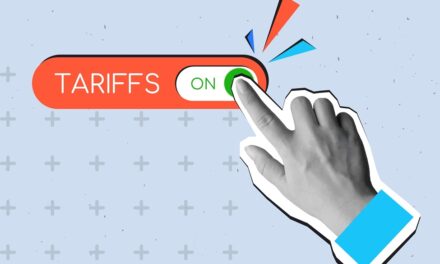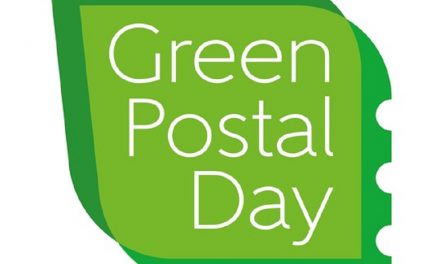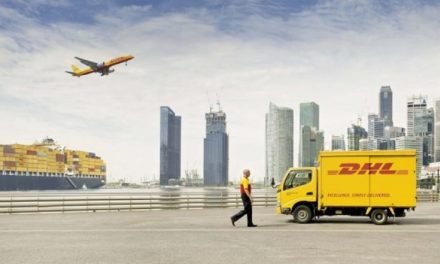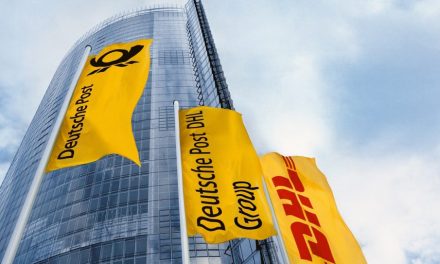
DPDHL services “more accessible than ever before”

Deutsche Post DHL Group is expanding its Packstation network by 3,000 in rural areas and cities across Germany.
The additional Packstations build on DHL’s 28,000 parcel collection points, consisting of 4,000 Packstations and 24,000 postal outlets or DHL parcel shops.
Tobias Meyer, Board Member for Post & Parcel at Deutsche Post DHL Group comments: “For many of our more than twelve million registered customers, DHL Packstations are an integral part of their online shopping experience and an indispensable part of their everyday lives. That’s why we’re investing large sums to further expand our Packstation network across Germany – in rural areas and in cities. We’re not only responding to the sustained strong growth seen in parcel volumes, but are also giving customers even greater access to our parcel service network.”
With its dense network, Deutsche Post services far exceed regulatory requirements. “By expanding our Packstation network, we’re on course with our Group-wide Strategy 2025. Sustained growth in e-commerce remains a key driver for the strategy’s implementation and for the company’s future success,” says Tobias Meyer. “With our mix of self-service Packstations and postal outlets with long opening hours, Deutsche Post DHL Group services are more accessible to consumers than ever before.”
Deutsche Post DHL Group was the first company to introduce the Packstation service to the German market in 2003 and now operates a unique country-wide Packstation network. Packstations are easy to operate and are usually available around the clock. They are becoming increasingly popular also because they are located in easy-to-access places that people frequent in the course of their day. For example, customers can conveniently combine parcel collection and posting with their journey to work or when shopping for food. As multiple parcels can be placed in a Packstation at any one time, the Packstation network saves additional journeys, making it a sustainable service that reduces both traffic and carbon emissions.










